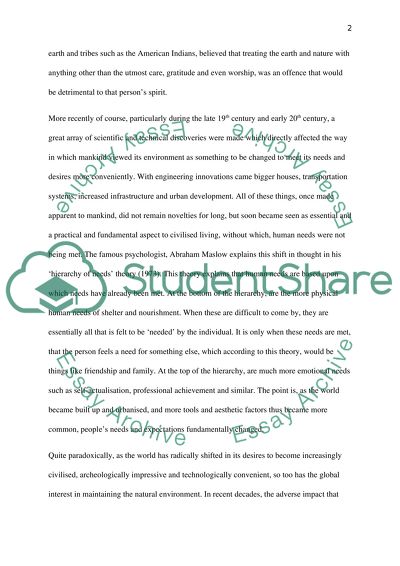Cite this document
(“Engineering and Technology versus the natural Environment Essay”, n.d.)
Engineering and Technology versus the natural Environment Essay. Retrieved from https://studentshare.org/miscellaneous/1450531-write-an-essay-of
Engineering and Technology versus the natural Environment Essay. Retrieved from https://studentshare.org/miscellaneous/1450531-write-an-essay-of
(Engineering and Technology Versus the Natural Environment Essay)
Engineering and Technology Versus the Natural Environment Essay. https://studentshare.org/miscellaneous/1450531-write-an-essay-of.
Engineering and Technology Versus the Natural Environment Essay. https://studentshare.org/miscellaneous/1450531-write-an-essay-of.
“Engineering and Technology Versus the Natural Environment Essay”, n.d. https://studentshare.org/miscellaneous/1450531-write-an-essay-of.


